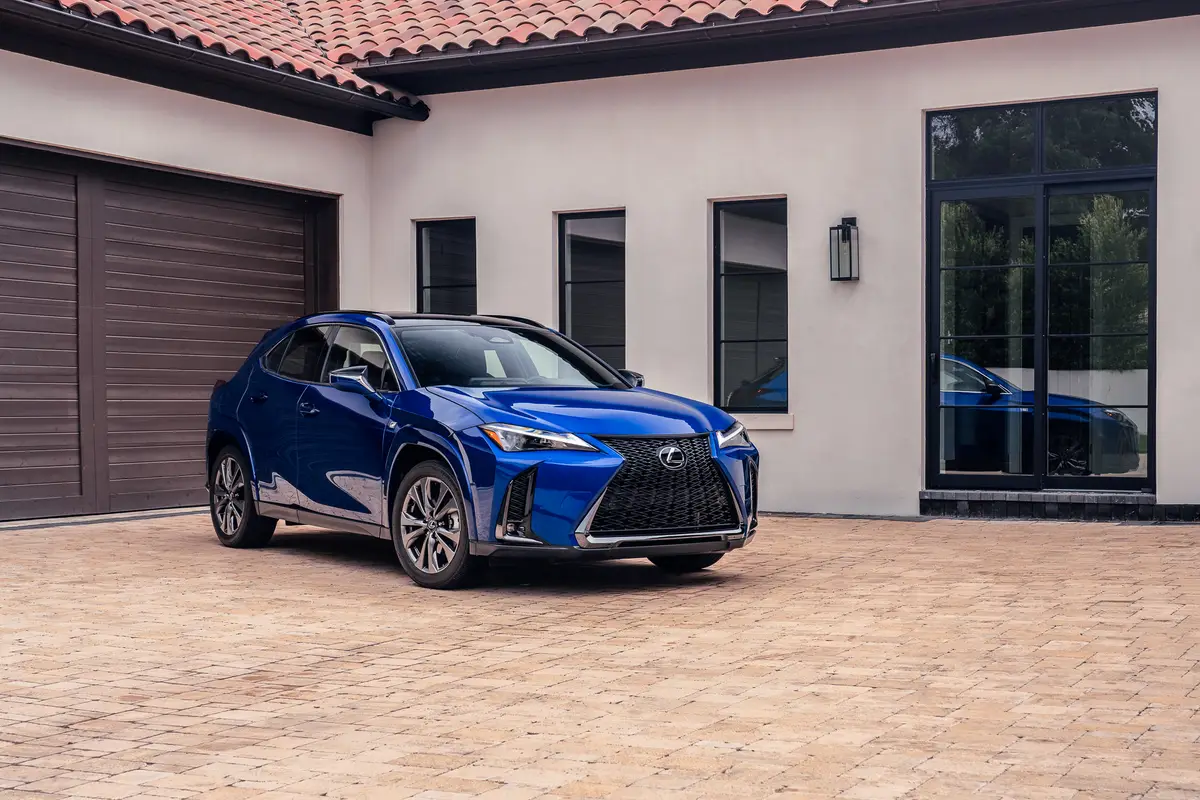washingtonpost.com's view
Automobile manufacturers and card-carrying members of the Nuts and Bolts Club are sticklers for accuracy. They insist on comparing cars and trucks using identical platforms, such as those with rear-wheel drive with other real-wheel-drive models of in-kind layout and dimension. Theirs is an apples-to-apples reality.
I, however, am a charter member of the Touchy-Feely League (TFL). We TFL types respect things such as component and platform differences. But we are not necessarily bound by them in our vehicle assessments, which makes Nuts and Bolts people, well, nuts.
Consider this week’s test vehicle, the 2009 Infiniti EX35 Journey crossover utility wagon. It is a rear-wheel-drive machine with a wheelbase, or the center-line distance between the front and rear wheels, measuring 110.2 inches. Optional all-wheel drive is available.
The EX35 Journey has a fancy interior and a pretty powerful engine, a 3.5-liter, 297-horsepower V-6. The Nuts and Bolts crowd loves it.
But I can’t muster affection for the thing. I tried. I really, truly, really tried on several long drives in the mid-Atlantic region. But in the end, I couldn’t shake the feeling that the EX35 Journey is little more than a Nissan Rogue wearing a well-crafted tuxedo.
I know. The two vehicles are mechanically, technically different. The Rogue is front-wheel-drive, with an all-wheel-drive system sold optionally. It has a shorter wheelbase, 105.9 inches compared with the EX35 Journey’s 110.2 inches.
The Rogue’s engine is the stuff of motoring economy — a 2.5-liter, 170-horsepower, inline four-cylinder model. It doesn’t offer much excitement. But it delivers what is arguably decent mileage for a hauler of people and their stuff — 22 miles per gallon in the city and 27 mpg on the highway.
With its more powerful 3.5-liter V-6, you’d think that the EX35 Journey would offer more driving fun. But it doesn’t. It feels just as pedestrian as the Rogue on the highway. You feel like you’re in a family transport in the Rogue. You feel no different in the EX35 Journey. Except, you get lower mileage in the EX35 Journey — 17 mpg in the city and 24 mpg on the highway.
If I’m going to get lower mileage, I want more of a thrill behind the wheel. Otherwise, it’s just not worth it. If I’m spending more money to be in what is putatively a luxury vehicle, I want to feel luxurious, special — discernibly different from how I’d feel in something with a more plebeian price tag. Otherwise, why spend the extra money?
Maybe I’m missing something. Maybe my expectations for the EX35 Journey were unduly raised by its TV advertising — a smart, flashy, fast vehicle that is part sports car, part wagon, a little minivan with some sport-utility vehicle thrown in. Maybe that’s the problem: The EX35 Journey, like the Nissan Rogue, like the Toyota Venza and so many other crossover utility models, tries too hard to be too much to too many different people.
In the end, they’re all the same — vehicles that should have been marketed as station wagons, because that’s pretty much what they are.
There’s nothing wrong with that. The problem is pretending to be something else, something that they’re definitely not — sports cars designed for motoring unburdened by the realities of family and all that means in daily driving.
No, thank you. I’d rather not pay more money for that kind of dysfunctional make-believe. I’d rather buy something like the quite adequate, reasonably likable Rogue, and get my make-believe at a lower price.
Latest news



